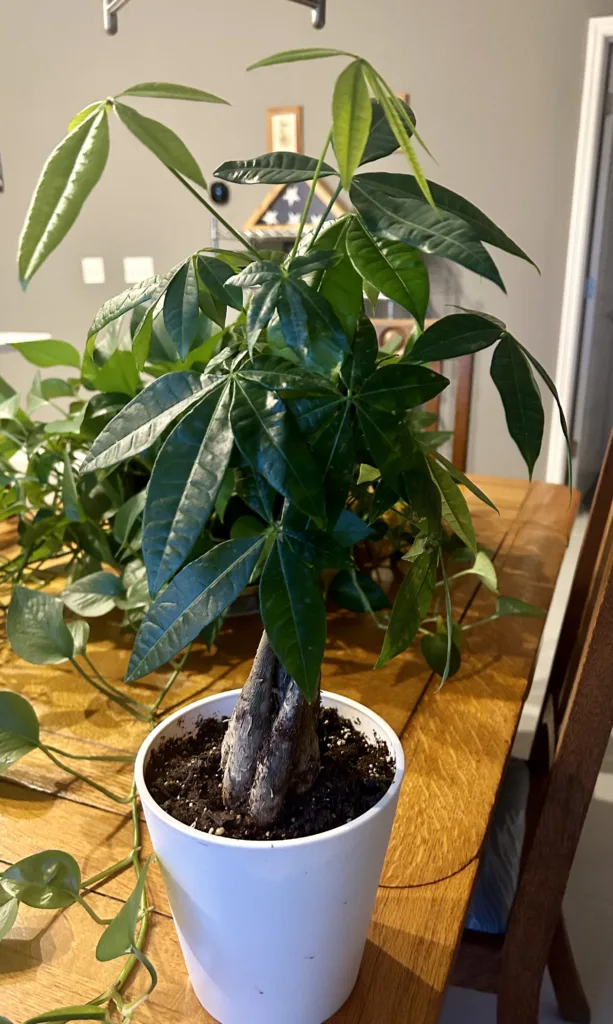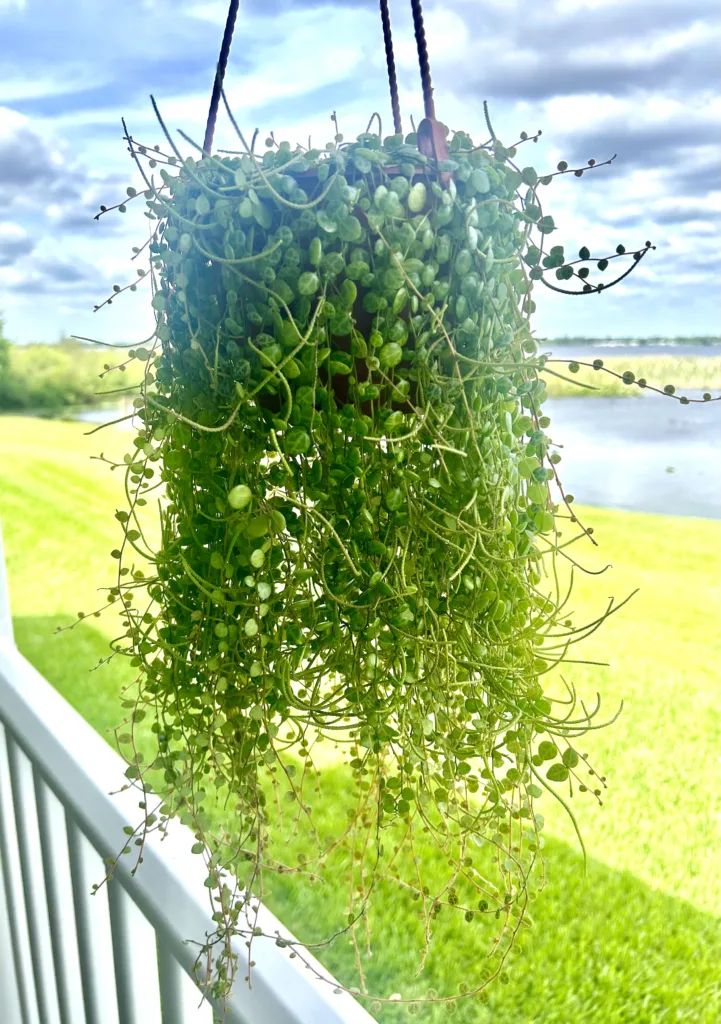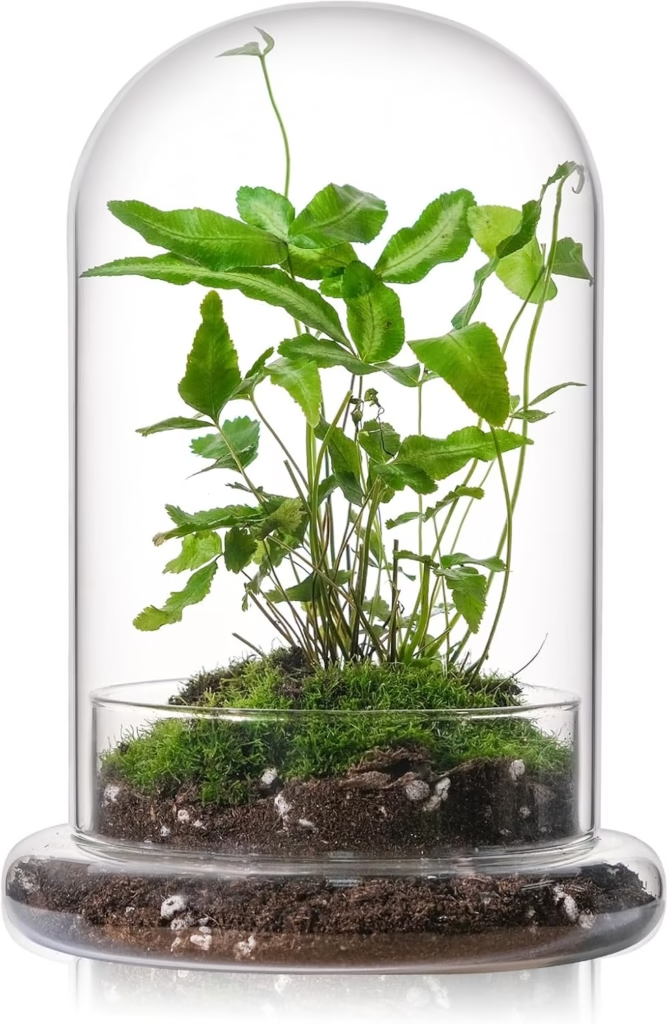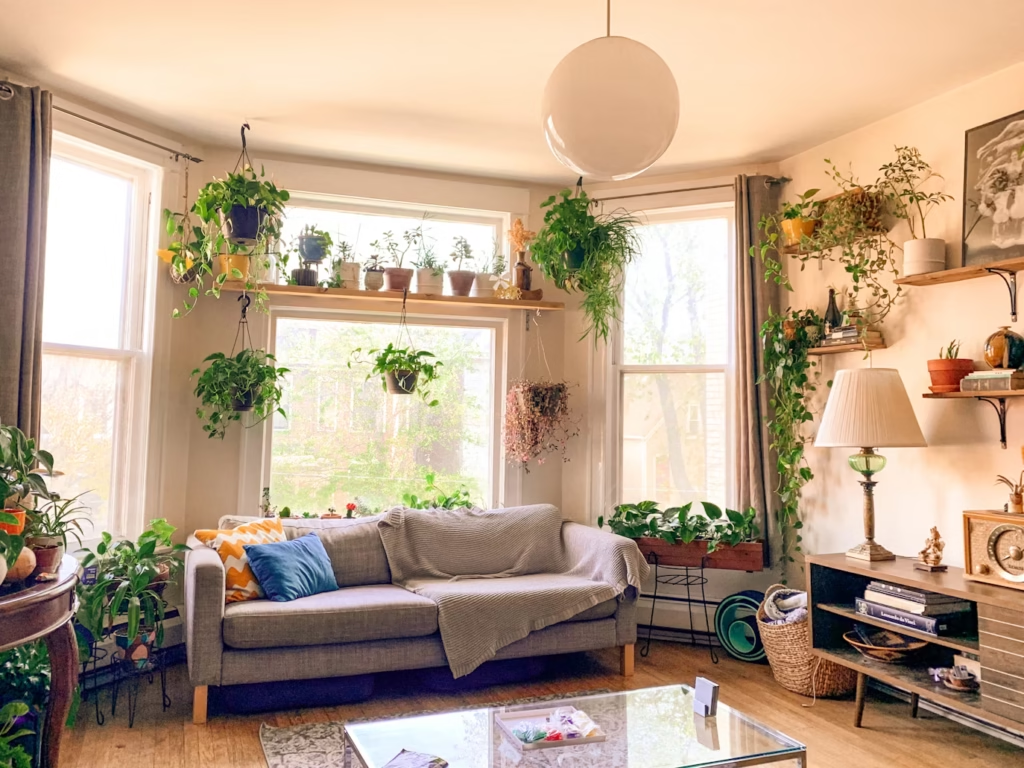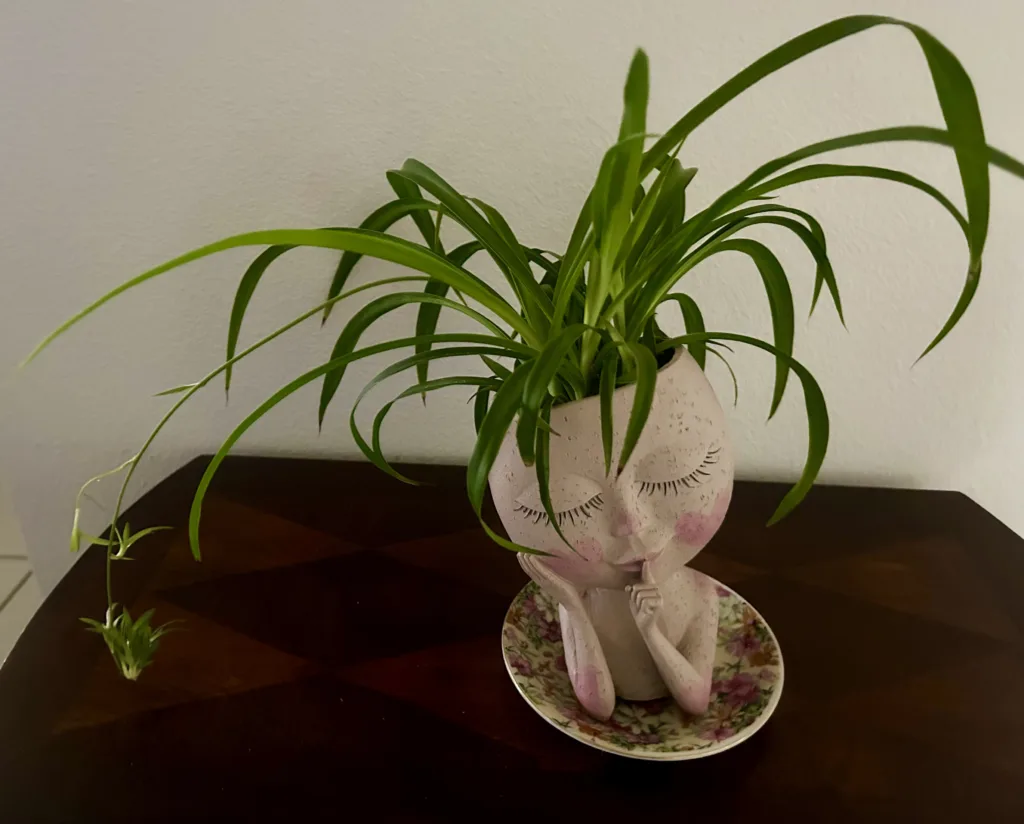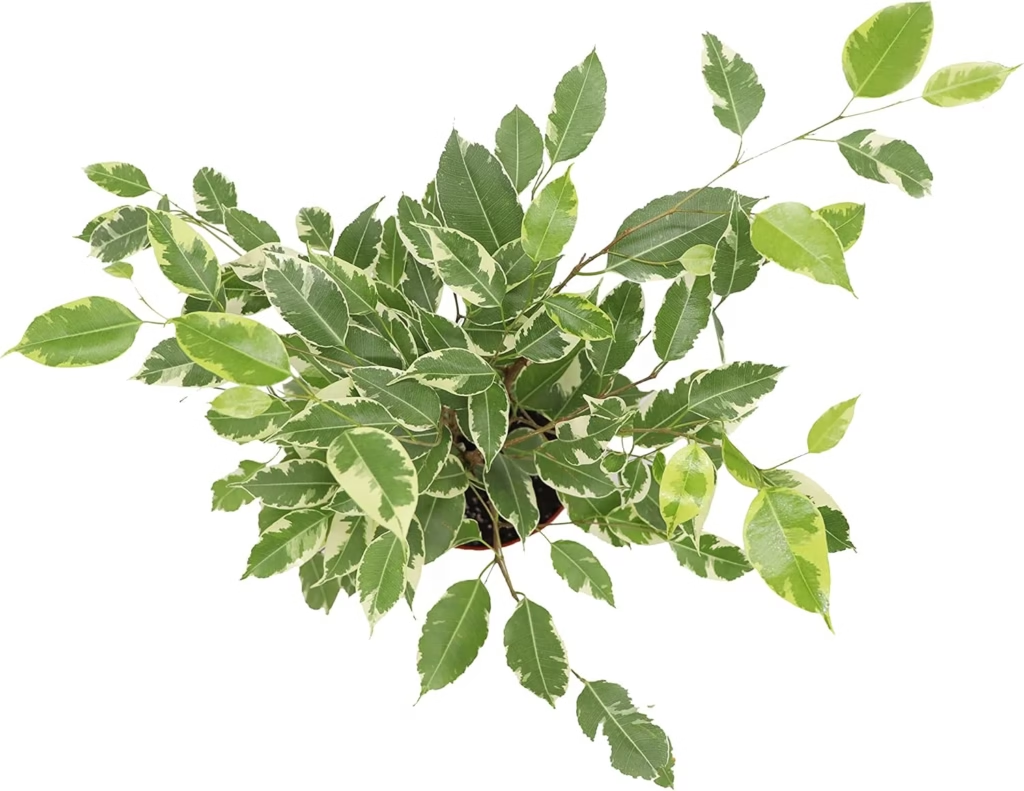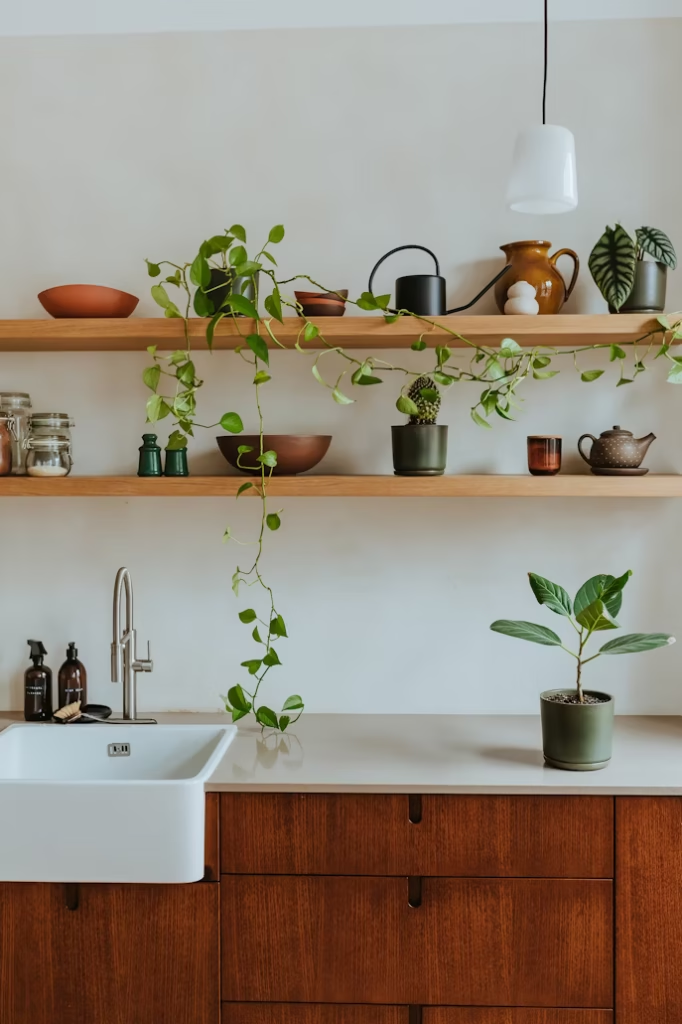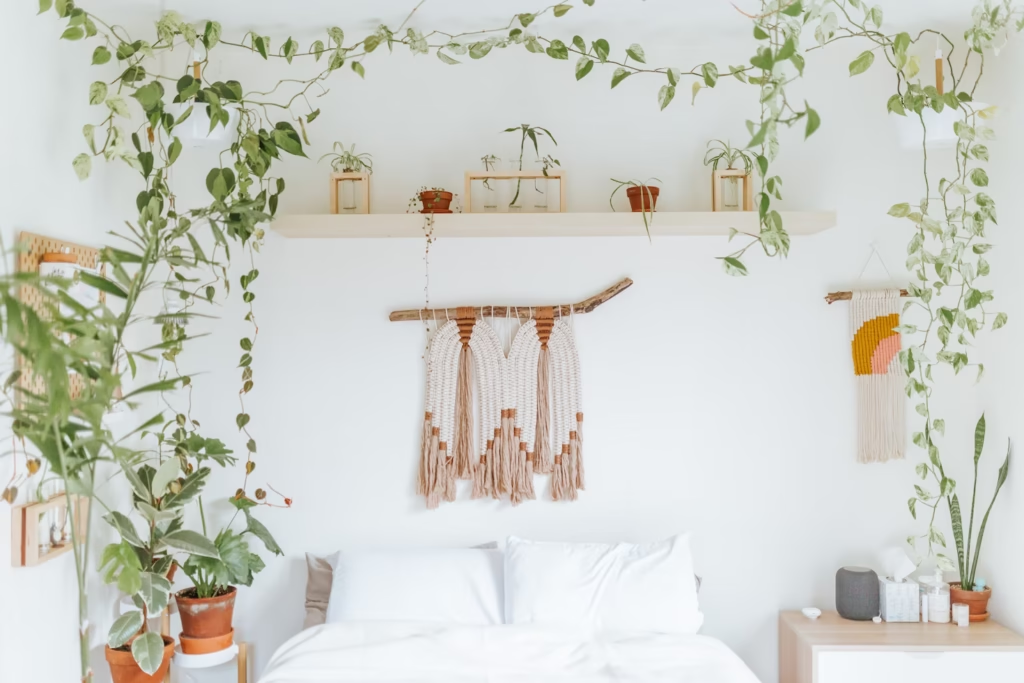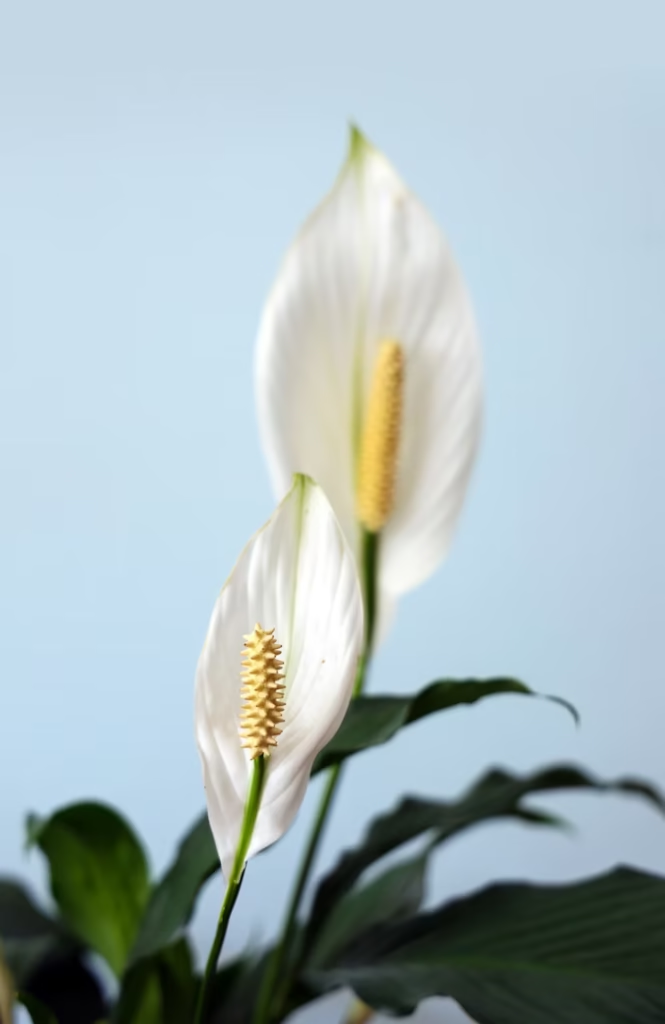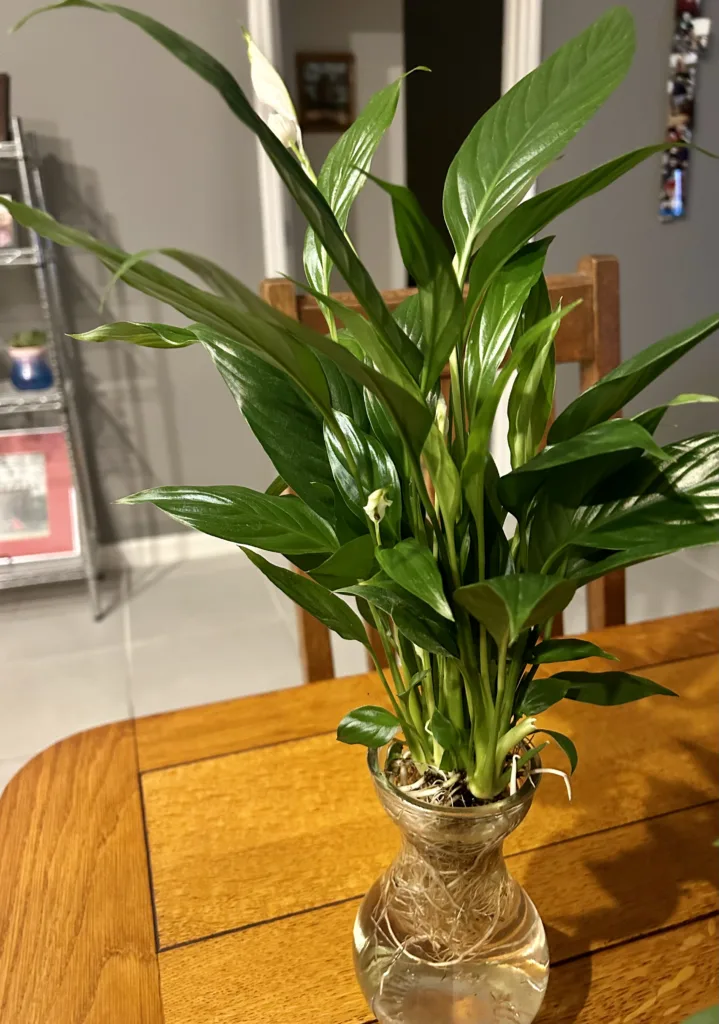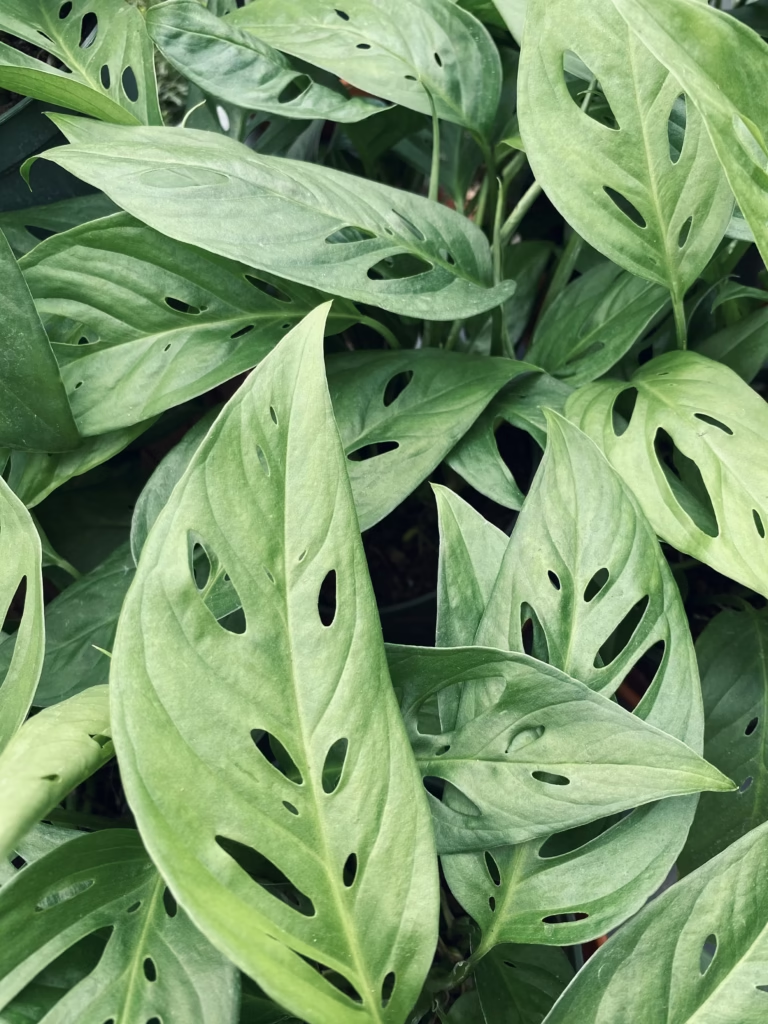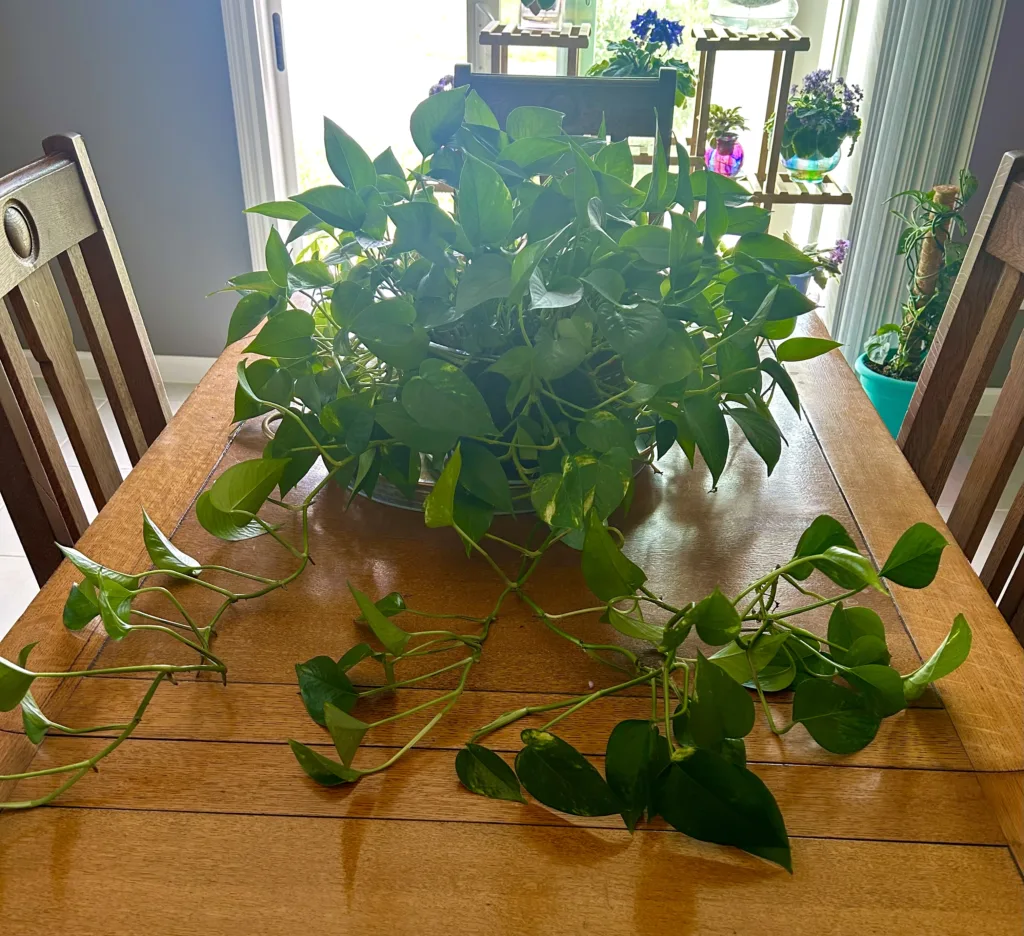
Creating a lush indoor garden brings life and beauty to your home. However, many plant parents struggle to keep their green companions healthy and happy. With the right knowledge and consistent care, you can transform your space into a thriving plant paradise. These essential houseplant care tips will help you nurture your plants from seedling to maturity.
Understanding Your Plant’s Light Requirements
Light serves as the foundation for healthy plant growth. Different plants need varying amounts of sunlight to photosynthesize effectively. First, identify whether your plants prefer bright direct light, bright indirect light, or low light conditions.
Place sun-loving plants like succulents and cacti near south-facing windows where they receive direct sunlight for several hours daily. Meanwhile, position plants such as pothos and snake plants in areas with bright indirect light, typically near east or west-facing windows. Furthermore, low-light plants like ZZ plants and peace lilies thrive in north-facing rooms or corners away from windows.
Additionally, rotate your plants weekly to ensure even growth. Plants naturally lean toward light sources, so regular rotation prevents lopsided development. If natural light proves insufficient, consider investing in grow lights to supplement your plants’ lighting needs.
Mastering the Art of Watering
Proper watering techniques make the difference between thriving plants and struggling ones. Most houseplant deaths result from overwatering rather than underwatering. Therefore, learning to read your plants’ water needs becomes crucial for success.
Check soil moisture by inserting your finger one to two inches deep into the potting mix. Water thoroughly when the top inch feels dry for most tropical plants. However, succulents and cacti prefer completely dry soil between waterings.
Moreover, water quality affects plant health significantly. Use filtered water or let tap water sit overnight to allow chlorine to evaporate. Water slowly until excess drains from the bottom holes, ensuring the entire root system receives moisture. Always empty drainage trays after thirty minutes to prevent root rot.
During winter months, reduce watering frequency as plants enter dormancy and require less moisture. Conversely, increase watering during spring and summer when plants actively grow.
Choosing the Right Fertilizer
Fertilizer provides essential nutrients that potting soil alone cannot supply long-term. Plants need three primary nutrients: nitrogen for leaf growth, phosphorus for root development, and potassium for overall plant health.
Use a balanced liquid fertilizer diluted to half strength during the growing season from spring through early fall. Apply fertilizer every two to four weeks when plants show active growth. However, avoid fertilizing during winter when most houseplants rest.
Organic options like compost tea or fish emulsion provide gentle nutrition without chemical buildup. Alternatively, slow-release granular fertilizers offer consistent feeding over several months. Always water plants before applying fertilizer to prevent root burn.
Watch for signs of over-fertilization, including brown leaf tips, excessive green growth with few flowers, or white salt deposits on soil surfaces. If these symptoms appear, flush the soil with plain water and reduce fertilizer frequency.
Recognizing When to Repot
Repotting refreshes your plant’s growing environment and provides room for continued growth. Most houseplants need repotting every one to three years, depending on their growth rate and current container size.
Look for these repotting signals: roots growing through drainage holes, water running straight through without absorbing, or plants becoming top-heavy and tipping over. Additionally, if growth slows dramatically despite proper care, your plant likely needs fresh soil and more space.
Choose a new pot only one to two inches larger in diameter than the current container. Oversized pots hold excess moisture that can lead to root rot. Ensure new containers have adequate drainage holes to prevent waterlogged soil.
Spring represents the ideal repotting season when plants begin active growth. Gently remove plants from old containers, loosen circled roots, and place them in fresh potting mix. Water lightly after repotting and avoid fertilizing for four to six weeks while plants establish in their new homes.
Essential Maintenance Tasks
Regular maintenance keeps houseplants looking their best while preventing pest and disease problems. Start by removing dead, yellowing, or damaged leaves promptly using clean scissors or pruning shears. This practice redirects energy toward healthy growth.
Dust accumulation blocks light absorption and clogs leaf pores. Clean leaves monthly using a damp cloth or gentle shower spray. For plants with fuzzy leaves, use a soft brush instead of water to avoid damage.
Pruning encourages bushier growth and maintains attractive plant shapes. Pinch growing tips on herbs and trailing plants to promote branching. Cut back leggy stems to encourage new growth from the base.
Furthermore, inspect plants weekly for early signs of pest problems. Common houseplant pests include spider mites, aphids, and mealybugs. Catching infestations early makes treatment more effective and prevents spread to other plants.
Creating Optimal Growing Conditions
Environmental factors beyond light and water significantly impact plant health. Most tropical houseplants prefer temperatures between 65-75°F during the day and slightly cooler at night. Avoid placing plants near heating vents, air conditioners, or drafty windows where temperature fluctuations stress plants.
Humidity plays a crucial role in plant health, especially during dry winter months. Increase humidity around plants by grouping them together, using pebble trays filled with water, or running a humidifier nearby. Misting provides temporary humidity but can promote fungal problems if done excessively.
Good air circulation prevents stagnant conditions that encourage pest and disease development. Position plants where gentle air movement occurs naturally, or use a small fan on low speed to improve circulation.
Troubleshooting Common Problems
Even experienced plant parents encounter challenges. Yellow leaves often indicate overwatering, while brown, crispy edges suggest underwatering or low humidity. Dropping leaves typically signals stress from environmental changes or watering issues.
Slow growth during the growing season may indicate insufficient light or depleted soil nutrients. Conversely, pale or stretched growth suggests plants need brighter light conditions.
If problems persist despite proper care, consider factors like pot size, soil quality, or pest presence. Sometimes plants need time to adjust to new environments, so patience proves essential for successful plant parenting.
Conclusion
Successful houseplant care combines understanding each plant’s specific needs with consistent attention to basic requirements. By providing appropriate light, water, nutrients, and environmental conditions, you create an indoor garden that brings joy and natural beauty to your living space. Remember that plant care improves with experience, so don’t get discouraged by occasional setbacks. With these fundamental tips and regular observation, your houseplants will reward you with healthy growth and vibrant foliage for years to come.
Please be sure to check out my Gardening Blog Post Page for more tips on all types of gardening. Including Seed Saving, Seed Starting, Orchids, Water Gardening, Coldframe Gardening, Indoor Bulb Gardening, Hydroponics, Container Gardening, Mums, Herbs, African Violets, planting Bulbs, Flower Gardening, Vegetable and Fruit Gardening, Indoor Houseplants of all kinds, Bonsai, Cactus, Succulents, Hanging plants, Deer resistant plants and even Bird, Bee, Butterfly and Hummingbird Gardens!

